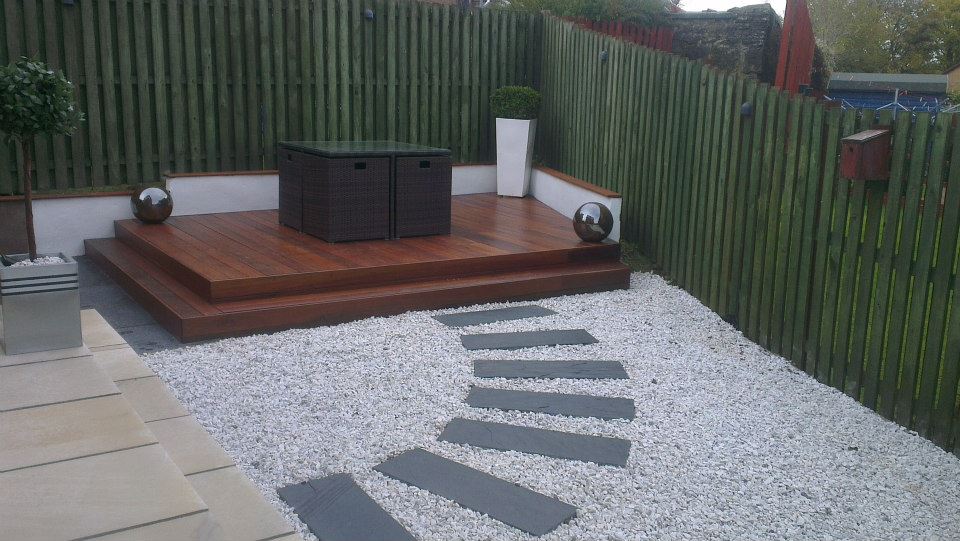If you are 30 years or older, you will have at least a vague conception of the famous Coney Island. If not, let me paint you a picture: miles on end of carnival rides, food stands, sturdy boardwalks, and various other attractions along the eastern seafront of New York.
These boardwalks were constructed from Brazilian walnut, commonly known as Ipe (“E-pay”). They faced a relentless onslaught of harsh winds, direct sunlight, foot traffic, and salty seawater, all of which will rapidly increase the rate at which wood begins to break down and lose its value. Nevertheless, these structures stood strong for a solid 25 years before needing replacement.
Pretty solid resume for wooden construction material, right?
The problem is, once we humans decide that we like something, we go after it. Because we want more of it.
And more, and more…until sometimes, before we even know it, it’s nearly gone.
This is the sad and controversial fate of the prized Ipe wood. Here, we are going to explore the pros and cons, as well as both the ethical and financial considerations, in using Ipe for home improvement projects.
Pros to Using Ipe Wood
This type of timber is magnificently fire-resistant, and it ages beautifully. Uncommonly strong and weather-resistant, it makes for a fantastic material in use of all outdoor projects. The density of ipe makes it a fantastic choice for projects that include heavy use and weight-bearing structures. In fact, ipe is so dense, it doesn’t even float in water.
While it does require annual refinishing in order to avoid rotting, the material itself is sturdy enough to withstand several years of regular use. Additionally, ipe provides a foot-friendly walking surface, as it tends not to absorb too much heat in direct sunlight.

Cons to Using Ipe Wood
First off, it is well worth considering that this high-quality wood has been harvested almost to the point of extinction. In fact, there are even illegal markets that sell it unethically. Many trees that are felled for lumber still have viable components once the useful timber has been cut away, but that typically isn’t the case for ipe. That means harvesting them can create a lot of waste.
Due to its monetary value, illegal harvesting runs rampant, which makes it all the more difficult to ethically source ipe wood for construction projects. What many buyers don’t realize is that they aren’t just paying a higher price for its quality and rarity, but also potentially for the fact that it was obtained outside legal regulations.
Solutions
Fortunately, for those who love ipe but want to utilize it in good conscience, there are a couple of possibilities to consider. Reclaimed wood is always an option, especially considering the resiliency of ipe. Even pre-used timber will still be strong and beautiful in most cases.
Additionally, both teak and cumaru wood are comparable alternatives, based on both their quality and appearance. In fact, due to their lower density, both of these materials are often lighter and easier to work with.
Final Thoughts
If you choose to use ipe for your decking or other outdoor structures, there is no doubt that you’re after the strength, beauty, and longevity it has to offer. But before you make a purchase, do as much research as possible about where it’s sourced, so you can take on your next construction project in good conscience.

